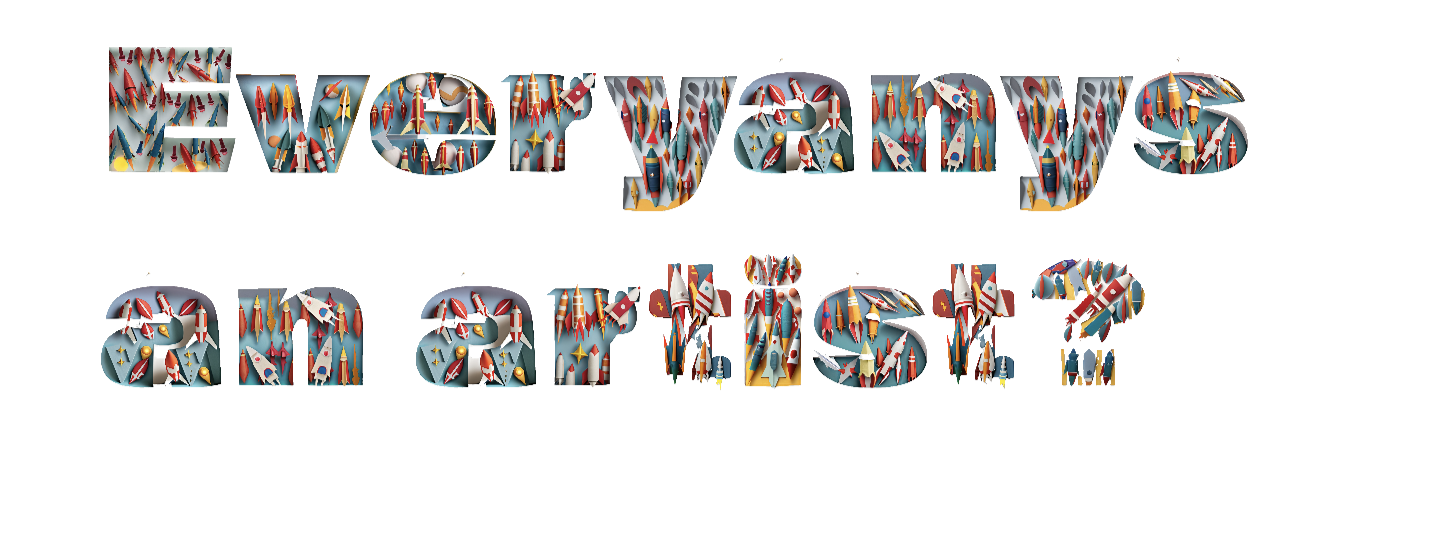Week 10 |Further designing my personal curatorial project:”Everyone is an Artist?’ Rethinking Art Education in the Age of AI

“Everyone is an Artist?’ Rethinking Art Education in the Age of AI
Over the past few weeks, I have gradually clarified the direction of my curatorial project. The core starting point of this exhibition comes from Joseph Beuys’ classic theory: “Everyone is an Artist”. With the rapid development of AI technology, this idea is even more worth exploring: has the rise of AI tools lowered the barriers to artistic creation, or has it instead emphasised the importance of an educational background in art?
In order to explore this question in concrete terms, I have planned a small, highly interactive exhibition as follows:
Exhibition Design and Process:
Artist Invitation and Work Creation:
I will be inviting several students currently in art education (art majors) to create a series of works using currently popular AI generation tools (e.g. Midjourney, DALL-E, Stable Diffusion). These works will be displayed in the exhibition space, but the exhibition will be set up in a way that does not explicitly label their creators’ art education backgrounds.
Interactive Creation Area:
A computer or tablet with built-in AI creation software and an instant printing device will be set up at the entrance of the exhibition. Every visitor entering the exhibition hall can create his/her own AI artwork by typing in a text prompt, print it out, and then freely place it anywhere in the exhibition space.
Hybrid display and interactive experience:
There will be no deliberate distinction in the exhibition space, and all works (including those created by professional art backgrounds and general audiences) will be displayed in a mixed manner. Visitors will be able to tell which works come from artists with art education backgrounds and which works come from ordinary viewers through their intuitive aesthetic judgement.
The core question of the project is explored:
Through this interactive mode, the exhibition aims to prompt viewers to reflect on the following questions:
Has AI truly lowered the threshold of art creation?
With the help of AI, can people who receive an art education create significantly better and more aesthetically pleasing works of art?
Does Boyce’s theory of ‘everyone is an artist’ have a new interpretation and practical significance in the context of the AI era?
Expected effect of the exhibition:
Through interactive participation and mixed displays, this exhibition attempts to encourage the public to re-examine the importance and value of art education, and to help them better understand the transformation of the concept of ‘art creation’ in the age of AI. At the same time, through the audience’s intuitive feedback and participation, the exhibition will collect data and reflective opinions to provide valuable information for subsequent research.



